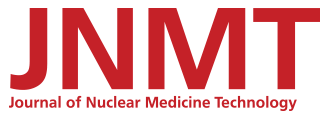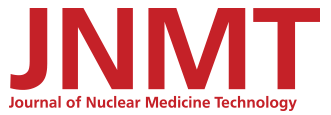Abstract
The ionizing radiation used in diagnostic nuclear medicine procedures has the potential to cause biologic harm to a fetus. Although the risks are relatively small, it is recommended that all female patients of childbearing age be questioned regarding their pregnancy status before administration of the radiopharmaceutical. This can be a sensitive situation especially for certain types of patients, such as teenagers. Currently, there are no guidelines that detail how to question the patient. Previous studies have revealed the lack of a consistent approach in this area. The aim of this study was to investigate current practice for pregnancy screening before diagnostic nuclear medicine procedures in Australia and New Zealand and to determine whether a standardized practice guideline is required. Methods: An online survey was administered via SurveyMonkey from October to December 2011. Members of the Australian and New Zealand Society of Nuclear Medicine were invited to participate. The survey consisted of 30 questions divided into 4 sections: demographics, policy and regulations, current practice, and open-ended clinical scenarios. Results: Three hundred thirty-five responses were recorded from participants in all states and territories of Australia and New Zealand; 90% were nuclear medicine technologists. Participants reported a low awareness of radiation policy and regulations but demonstrated good knowledge of the relative risk to the fetus from commonly performed procedures. The most common minimum and maximum age to question patients was 12 y (32%) and 55 y (42%), respectively, although the range was from 10 to 60 y. Verbal questioning (44%) was the most commonly used approach. Pregnancy testing was used by 72%, usually if the patient indicated she was unsure of her pregnancy status. Responses to clinical scenarios were varied, and these will be discussed in a subsequent paper. Conclusion: The survey revealed a lack of awareness of government regulations and departmental policy regarding radiation protection. The study demonstrated wide variety in pregnancy screening strategies used to determine the pregnancy status of patients before diagnostic nuclear medicine procedures, indicating that a standardized practice guideline is required for Australia and New Zealand.
Footnotes
Published online Aug. 12, 2013.







